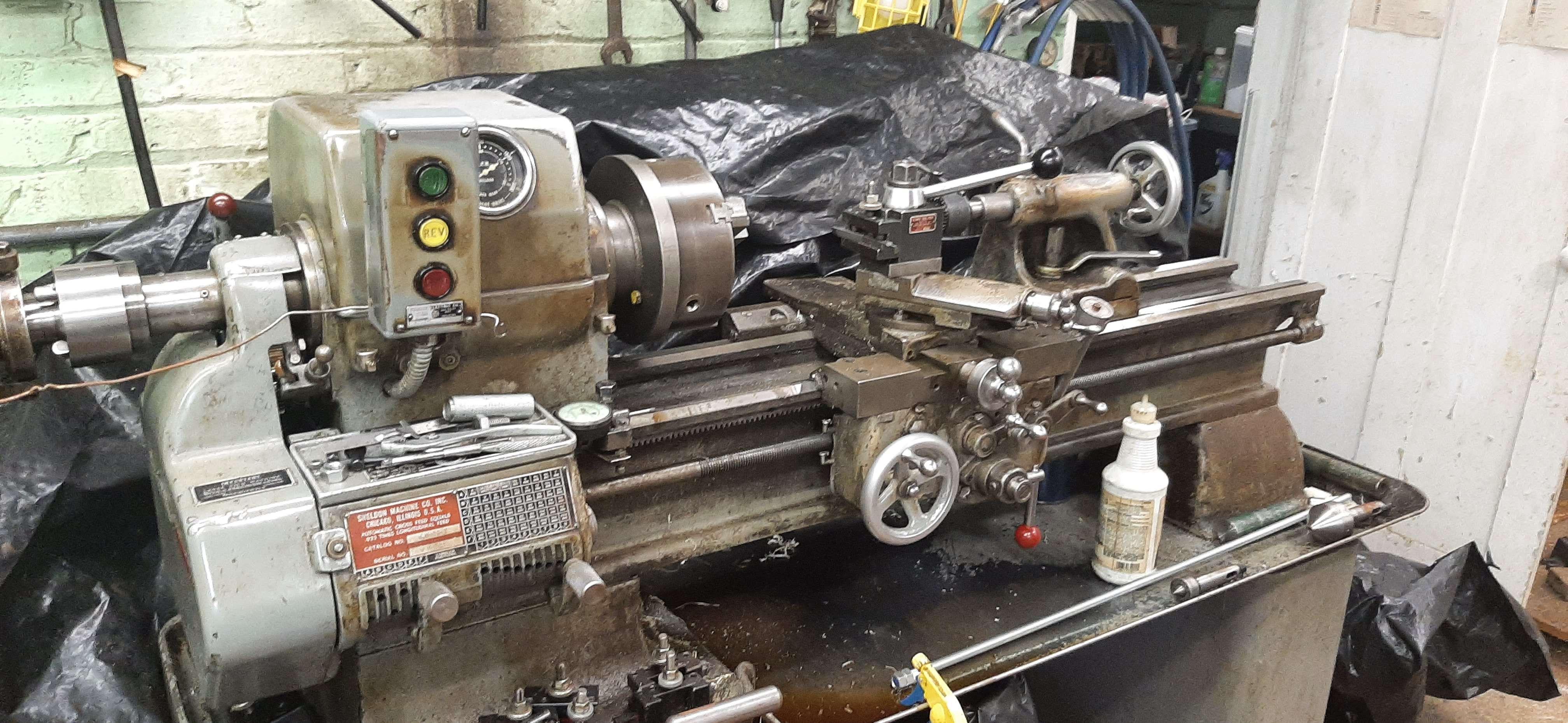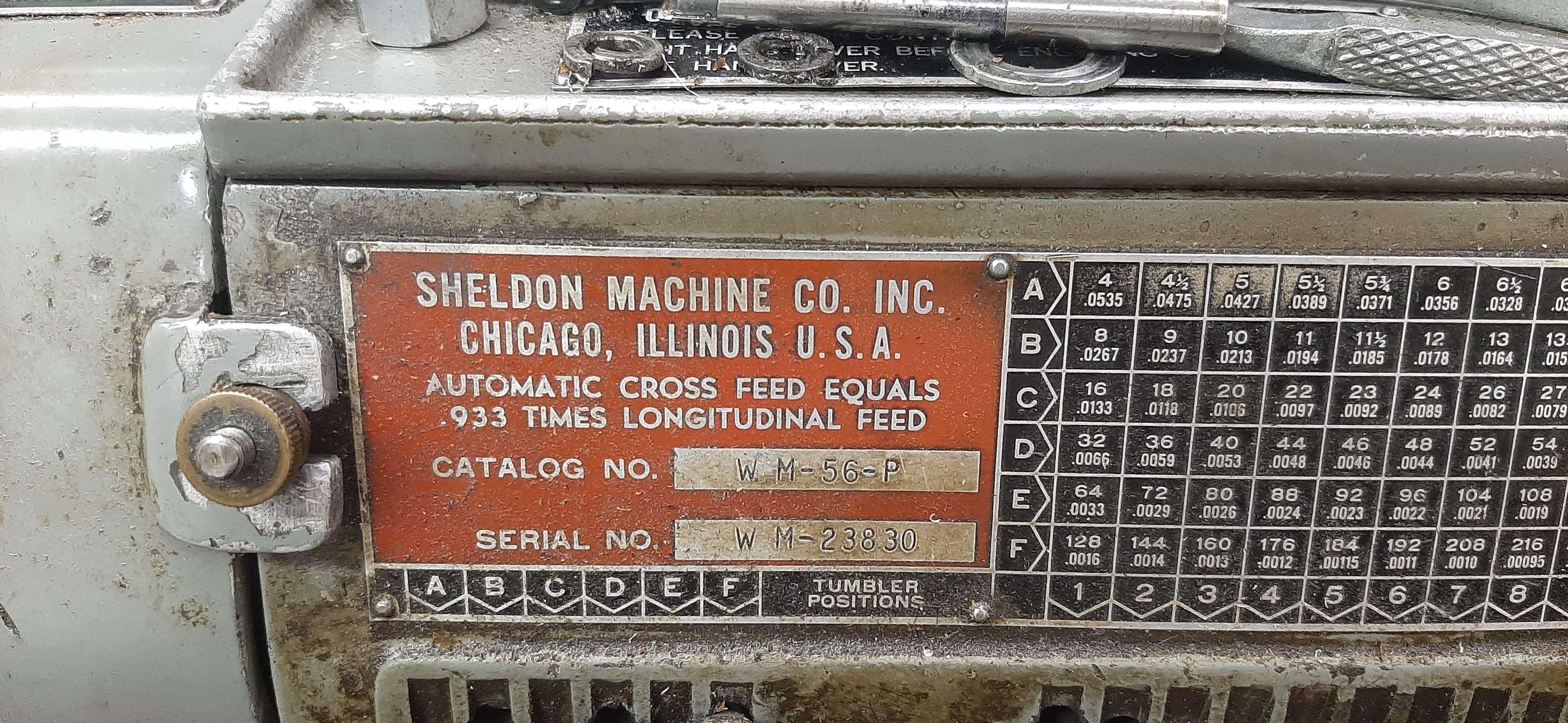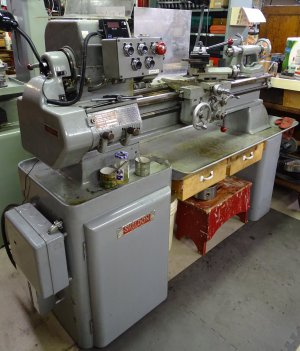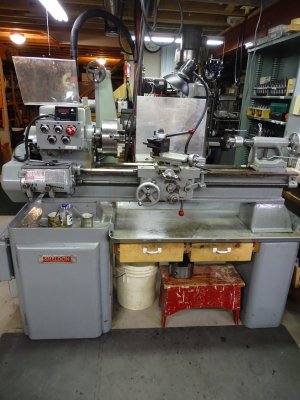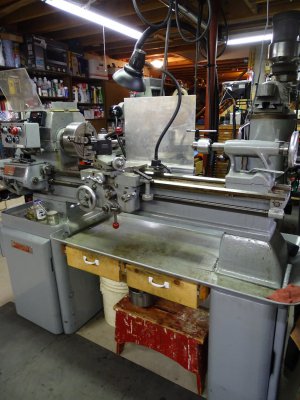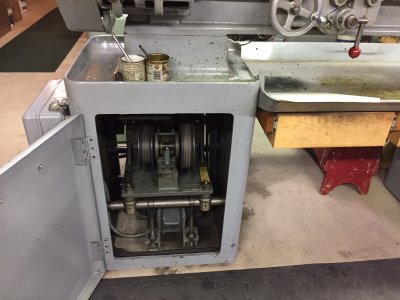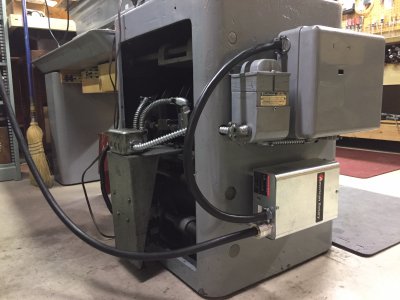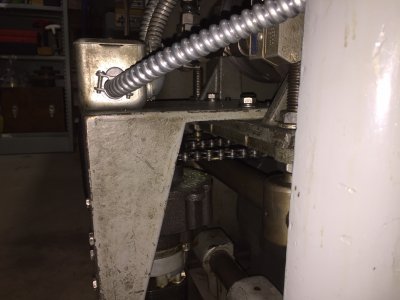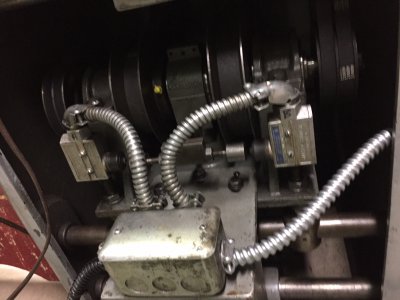- Joined
- May 21, 2022
- Messages
- 10
Good day all,
I have a family friend who's trying to sell a Sheldon WM-56-P out of their basement of a deceased relative. I'm looking to buy it as I've been meaning to add a proper lathe to my shop for a while. It looks to be in decent shape, and I'll be going over there some time this week to check for run out, condition of the ways, tooling, etc.
My question is this, would you lower your offer if you needed dissemble it yourself to get it out of said basement, and if so by how much?
It's in an old house in the middle of nowhere, and it's going to have to go out piece by piece. The family friend mentioned that's how they got it down there in the first place. They're open to offers and didn't give me a price when I asked. What do I even start at?
-Brad
I have a family friend who's trying to sell a Sheldon WM-56-P out of their basement of a deceased relative. I'm looking to buy it as I've been meaning to add a proper lathe to my shop for a while. It looks to be in decent shape, and I'll be going over there some time this week to check for run out, condition of the ways, tooling, etc.
My question is this, would you lower your offer if you needed dissemble it yourself to get it out of said basement, and if so by how much?
It's in an old house in the middle of nowhere, and it's going to have to go out piece by piece. The family friend mentioned that's how they got it down there in the first place. They're open to offers and didn't give me a price when I asked. What do I even start at?
-Brad


